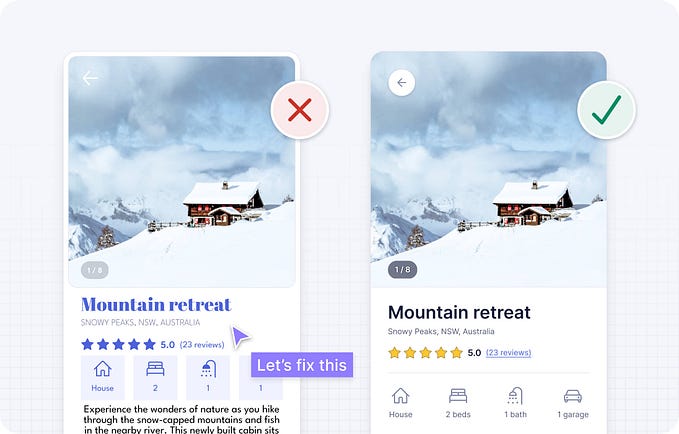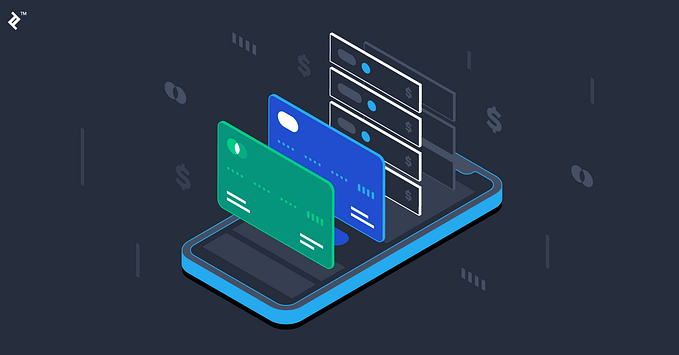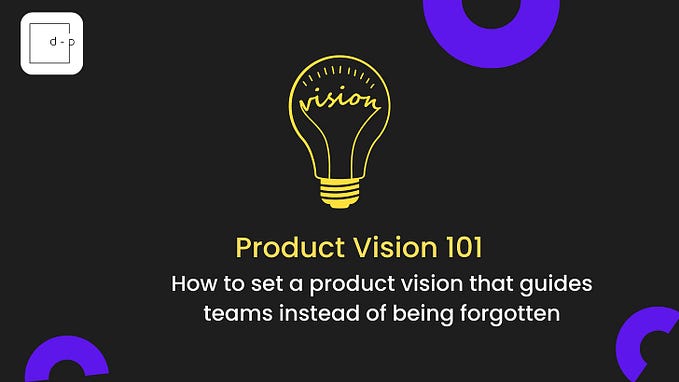Member-only story
How to create data-driven personas

Personas are a staple in design, software and services, and for good reason. They help create empathy for customers throughout the company. They are easily digestible snapshots of who people are designing for and how to meet their needs. This simplicity and digestibility is what has drawn criticism.
The truth is, while qualitative research is great for understanding context, it’s poor for segmenting a population or finding large data trends. So why not mix both? Use the best bits of qualitative research combined with the best bits of quantitative research to get the full picture.
The steps are: talk to people to identify assumptions and questions, run a survey with a larger sample, segment the sample, then follow up with people from each segment to learn the context.
Note: I use akin.nz because it can create free surveys and conduct the AI for me, but other survey tools work great, you just might need a data scientist to crunch the numbers.
Step 1: Discovery interview
Organise to interview some customers to quickly chat to figure out context. Don’t try and segment people quite yet, just listen, gather context. Try and figure out what’s important to everyone, what behaviours they do and come up with a list of attributes that define all groups.
For example, maybe salary and how often they go to the supermarket is really important to a lot of the people you talked to. Write down Salary and trips to the supermarket.
Try and get around 15–25 attributes that are important. When I conduct research, I almost always end up disregarding demographics. The best things to look for are behaviours (how often they do something, or types of things they do) and motivations (why they do something or what do they prefer.
If you feel you have a lot of customer knowledge or a good grasp on the business, you can skip this step and go straight to the survey.
Step 2: Write a survey
Now frame your attributes as questions. If you had ‘Salary’ well the question can be ‘What is your salary?’ or if you had ‘Trips to the supermarket’ it would become ‘How often do you go to the supermarket?’.











